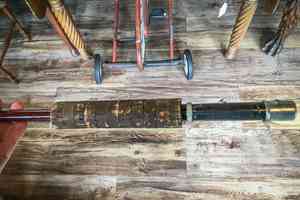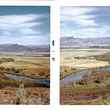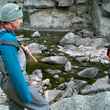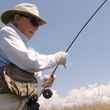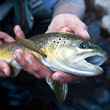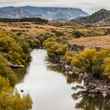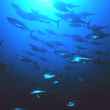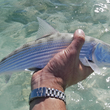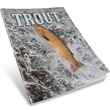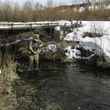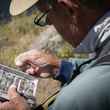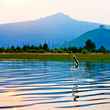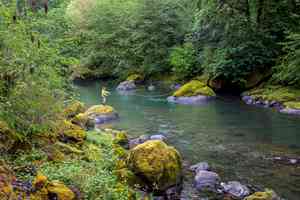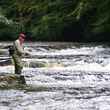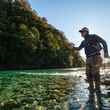It's safe to say that most of us who fly fish consider ourselves to be outdoorsmen. That said, most of us have become accustomed to a level of convenience in our fishing excursions. The typical fly fisherman loads up his car with gear, drives to and parks by the river he intends to fish and, after a relatively short walk, is knee deep in said river. The experience is one we've all developed a love for, but is also one that we can't truly call our own. Even in the west, a more "legitimate" version of the outdoors those of us from the lesser East yearn to have out our backdoor, popular rivers see considerable pressure and the river experience is a shared one. Now, that's not to say that the shared fly fishing experience isn't a valuable one. It, without question, is. It's just to say that the shared, more easily accessed version of a trout stream differs significantly from its backcountry counterpart.
Why Fish the Backcountry
Fly fishing in the backcountry offers the fly fisherman an opportunity to see and fish water that the vast majority of fishermen will never experience. In fact, compared to the streams and rivers most of us typically fish, the backcountry offers an opportunity to see and experience a natural environment that very few people will ever experience. The solitude and rawness of nature as it strays from the roads and highways that interrupt it is decidedly different than the more conveniently accessed version of nature most of us are accustomed to. And it's well worth the walk.
If the image of solitude and the idea of seeing a version of nature more removed from human influence isn't enough to lure you into the backcountry, then surely the idea of better fishing must be. On waters with healthy, self-sustaining trout populations, the quality of the fishing typically increases as the distance from roads and parking lots increases. Fish that live in a more remote wilderness are more naive to the wiles of the trout fisherman and, as a result, feed more aggressively and much less selectively. If you're into matching the hatch with size 28 dry flies, perhaps the backcountry isn't for you.


